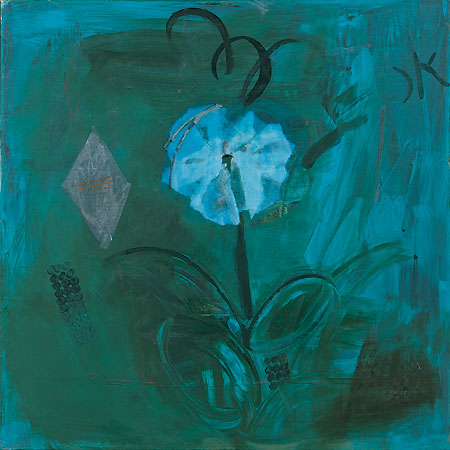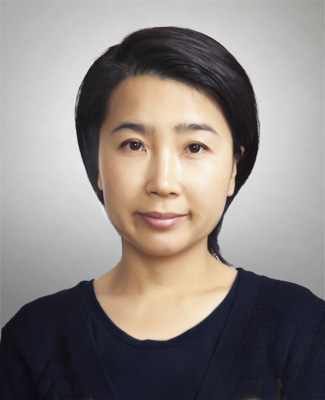|
Kate Choi |
||
|
|||
Flower 7 2010 | 20x20 acrylic on panel | 27.13.09 |
|||
Kate Choi was born in 1968 in Kwang Ju, Korea. In the 1960s, South Korea preferred boys (sons) to girls (daughters) in order to inherit the root of family, a belief which descended from ancient Chosun dynasty. In addition, it was the responsibility of women to assure that the family line was not discontinued. Kate Choi was born as the second daughter, was raised by the mother who was a nursing officer, and the father who was a businessman. At the time, status of second daughter was welcomed only after a younger brother was born. From the childhood, she was always reminded of inequities of woman's sex. During the entire 500 years of Chosun dynasty, the women suffered from sexual inequity, which originated from the Confucian ideologies. It was infinite burden for woman to keep their virtues and manners throughout their lives. It didn’t matter if one was born in the court life of royal family, or in an ordinary life of a peasant. Because women’s lives were pressured to be obedient and submissive, there was a Hahn (resentment) and sorrow that always dwelt inside their hearts. It is well-understood to entire Korean female society that a woman's life must be drastic and difficult, without freely expressing their feelings and emotions. Time has changed, yet until now, the ideology still is permeated throughout the society. One would hate to, but must admit that such ideas still thrive in people’s minds. Hanji (Korean traditional paper) was a part of people’s everyday lives. Hanji was hung on the front gate of the house when infant was born, and was used for wrap the body in the funeral. Hanji, which is supposed to keeping for a thousand years, symbolizes the Chosun woman's endurance and strength. Kate Choi's Paper Flower is an expression of the repressed emotions, especially of sorrow, blooming into flowers. The reason why the Kate Choi works on the Paper Flower is that she wants to pass on how women in Chosun era overcame difficulties with patience and wisdom. She wanted to express love and respect for the women who prevailed such challenges and idiosyncrasy with infinite endurance and perseverance. Paper flowers may look weak, but are strong; they may look sorrowful, but possess the yearnings to continue on. That is what the Paper Flowers symbolize: an eternal amulet of willingness to overcome the obstacles and of life. |
|||
© 2014 Inland Empire Museum of Art |
|||


